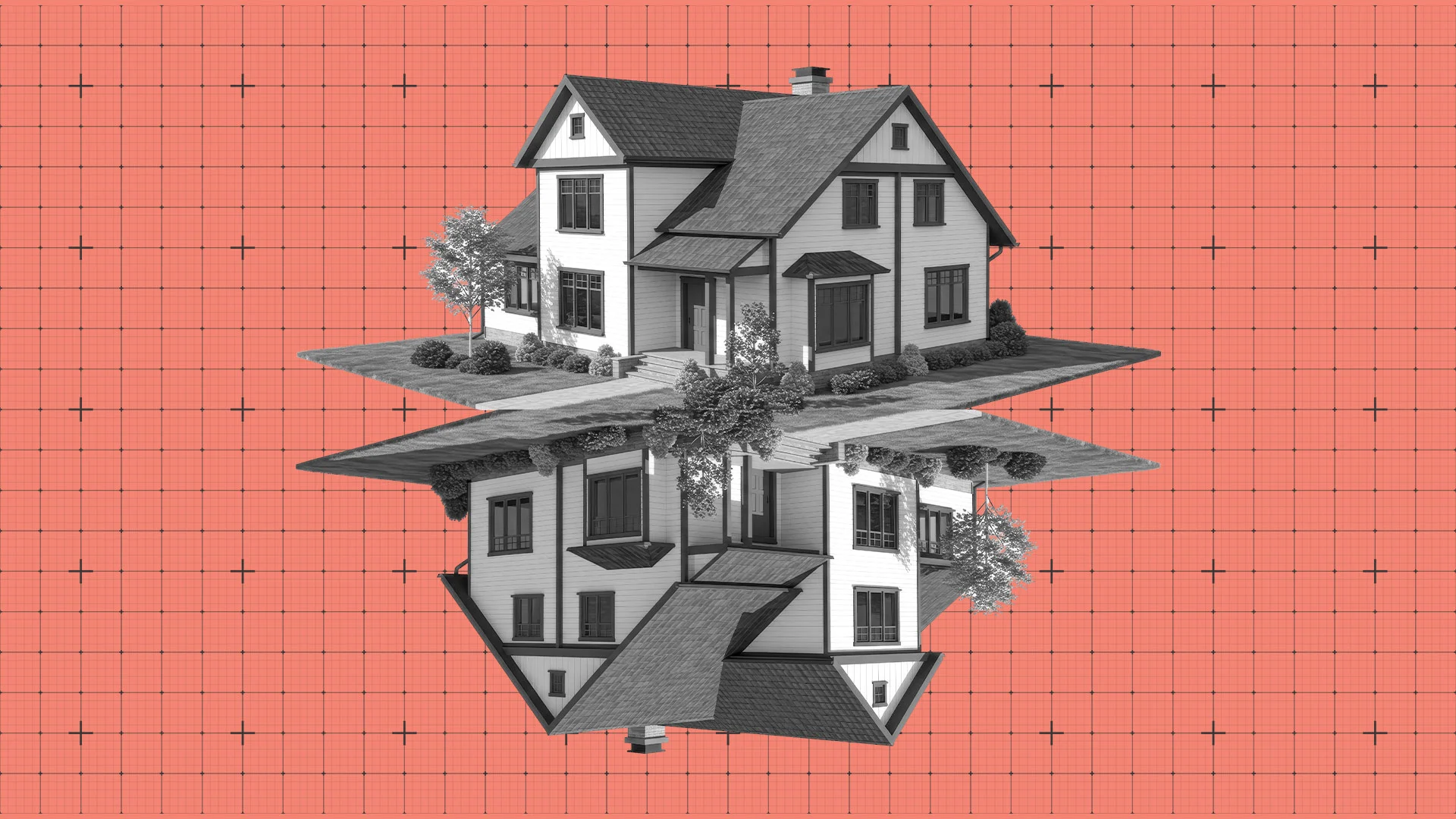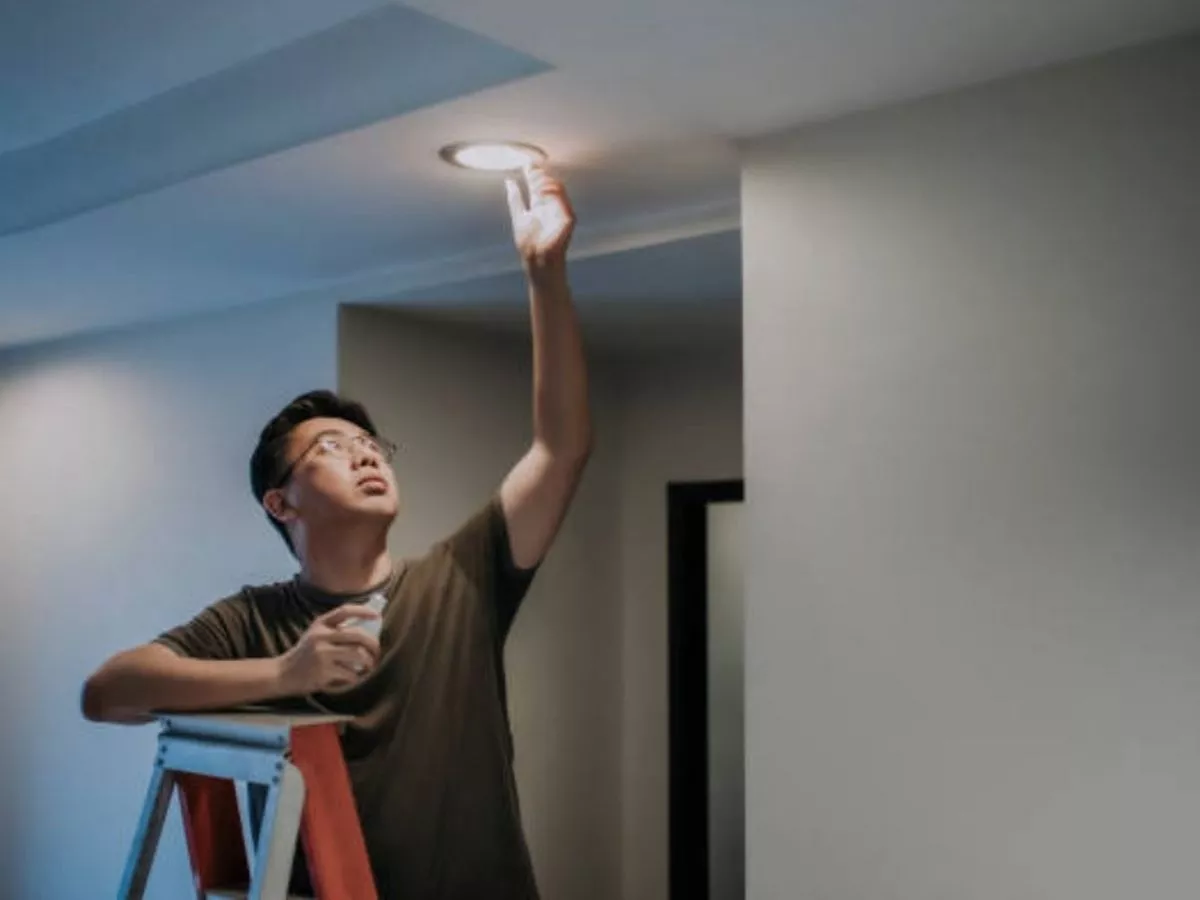
BY Lance Lambert
Want more housing market stories from Lance Lambert’s ResiClub in your inbox? Subscribe to the ResiClub newsletter.
Home flipping exploded during the Pandemic Housing Boom, as surging home prices and low interest rates lured investors into the fix-and-flip market. But the 2022 interest-rate shock abruptly ended the frenzy and created the biggest home-flipping pullback since the 2007 bust.
This home-flipping slump continues to drive out many newcomer flippers and force veteran operators to adjust to slimmer profits.
In Q1 2020, there were 72,995 home flips. That number surged during the Pandemic Housing Boom, peaking at 125,810 in Q1 2022. But once mortgage rates spiked in 2022, the boom quickly turned into a correction—falling to 86,049 flips in Q1 2023 and 71,633 in Q1 2024. By Q1 2025, the total had dropped further to just 67,394 flips.
Subscribe to the Daily newsletter.Fast Company’s trending stories delivered to you every day
In March 2025, we published our first-ever LendingOne-ResiClub Fix and Flip Survey. Here, we’re sharing the full results from the Q3 2025 survey, fielded from August 20 to September 15, 2025. In total, 216 home flippers took the survey.
Topline Findings
1. Sentiment and Intent
56% of U.S. home flippers describe their primary market as somewhat strong (44%) or very strong (12%).
Expectations for demand have softened: 28% of flippers now anticipate weaker demand over the next year, up from 21% in Q1 2025.
Fix-and-flip activity:
A strong majority of seasoned flippers (88%) still plan to complete at least one project in the next 12 months.
Nearly two-thirds (64%) of flippers plan to convert at least one project into a rental property.
2. Financial Considerations
Budgets vary widely, but Northeast flippers tend to spend the most, with half (50%) investing more than $100,000 per project.
56% of respondents say kitchen upgrades deliver the best ROI.
41% of U.S. home flippers report a typical margin of 20% to 29%.
3. Biggest Concerns
Organization and timeline stress:
Working with contractors continues to be one of the most challenging aspects of fix-and-flip projects across U.S. markets (28%), followed by staying on timeline (23%), obtaining financing (21%), and budget management (17%).
Two-thirds (66%) of flippers say their projects typically take 4 to 6 months from purchase to resale. In the Northeast, however—where regulation is heavier—12% report project timelines of 10 months or longer.
Regional variation and pain points:
Nationally, competition for properties (28%) and interest rates (27%) are cited as the biggest current challenges. In the Northeast and Midwest, competition is even more acute, with 39% and 37% respectively naming it their top concern.
The Midwest is viewed as the strongest region, with 23% of flippers calling their market very strong and 50% calling it somewhat strong.
The Southwest is seen as the weakest region, with 17% describing their market as very weak and 43% as somewhat weak.
Final Results
“The broader macroeconomic environment, with elevated interest rates, high inflation, and rising costs for materials and labor, has clearly ended the pandemic frenzy,” says Matthew Neisser, LendingOne cofounder and CEO. “However, the lack of housing inventory [in some markets] and the ongoing demand for updated homes have created a new landscape for experienced investors. They are continuing to find opportunities, particularly in the Midwest and Northeast, even as they face increased pressures from competition and rising project costs. Meanwhile, flippers in the Southwest and Southeast, while seeing more market softness, remain optimistic about a market rebound.”
The application deadline for Fast Company’s Most Innovative Companies Awards is Friday, October 3, at 11:59 p.m. PT. Apply today.
ABOUT THE AUTHOR
Lance Lambert is the co-founder and editor of ResiClub, a media and research company dedicated to in-depth tracking, reporting, and analysis of regional housing markets. He has been publishing his reporting in Fast Company since 2023 More



